The Power of Cross-Training: Building a Versatile Workforce
In an ever-changing business landscape, flexibility and adaptability are key to survival. Cross-training employees—teaching them to perform multiple roles within your organization—is a powerful strategy that enhances operational efficiency and employee satisfaction. This approach not only prepares your business to navigate uncertain times but also fosters a more engaged and versatile workforce.
1. Enhances Operational Flexibility
- Seamless Coverage: Cross-trained employees can step in when colleagues are absent due to illness, vacation, or unexpected departures, ensuring that operations continue smoothly.
- Adaptability to Demand: During peak periods or when shifting priorities, staff can be reallocated to where they are needed most without the delay of hiring new personnel.
2. Improves Employee Engagement and Retention
- Skill Development: Employees gain new competencies, keeping their roles interesting and challenging.
- Career Advancement: Learning different aspects of the business can open up opportunities for promotions and career growth within the company.
- Increased Job Satisfaction: A diversified skill set can lead to greater fulfillment and a sense of value within the organization.
3. Reduces Training and Recruitment Costs
- Internal Talent Pool: Promoting from within reduces the need for external hiring, saving on recruitment expenses.
- Faster Onboarding: Existing employees already understand the company culture and policies, making it quicker to train them in new roles.
Implementing Cross-Training in Your Organization
1. Identify Key Skills and Roles
- Assess Organizational Needs: Determine which skills are critical and which roles would benefit most from cross-training.
- Employee Strengths and Interests: Consider employees' current skills and their interest in learning new areas.
2. Develop a Structured Plan
- Training Programs: Create comprehensive training modules for each role, including hands-on experience and mentorship.
- Scheduling: Allocate time for employees to learn new tasks without overwhelming their current workload.
3. Encourage Collaboration and Knowledge Sharing
- Mentorship Opportunities: Pair employees with experienced colleagues who can guide them through new responsibilities.
- Team Workshops: Facilitate group sessions where employees can share insights and best practices.
4. Monitor Progress and Provide Feedback
- Regular Check-Ins: Meet with employees to discuss their experiences, address challenges, and celebrate successes.
- Adjust Training as Needed: Be flexible and willing to adapt the program based on feedback and observed outcomes.
Potential Challenges and Solutions
1. Overloading Employees
- Solution: Ensure that cross-training doesn't lead to burnout by balancing workloads and setting realistic expectations.
2. Resistance to Change
- Solution: Communicate the benefits clearly and involve employees in the planning process to gain their buy-in.
3. Skill Gaps
- Solution: Provide additional support and resources for employees who may need extra help mastering new skills.
Conclusion
Cross-training is a strategic investment that pays dividends in increased efficiency, employee satisfaction, and business resilience. By building a versatile workforce, you position your company to better navigate uncertainties and capitalize on new opportunities. Remember, a team that can adapt and perform multiple functions is not just a safety net—it's a competitive advantage.

